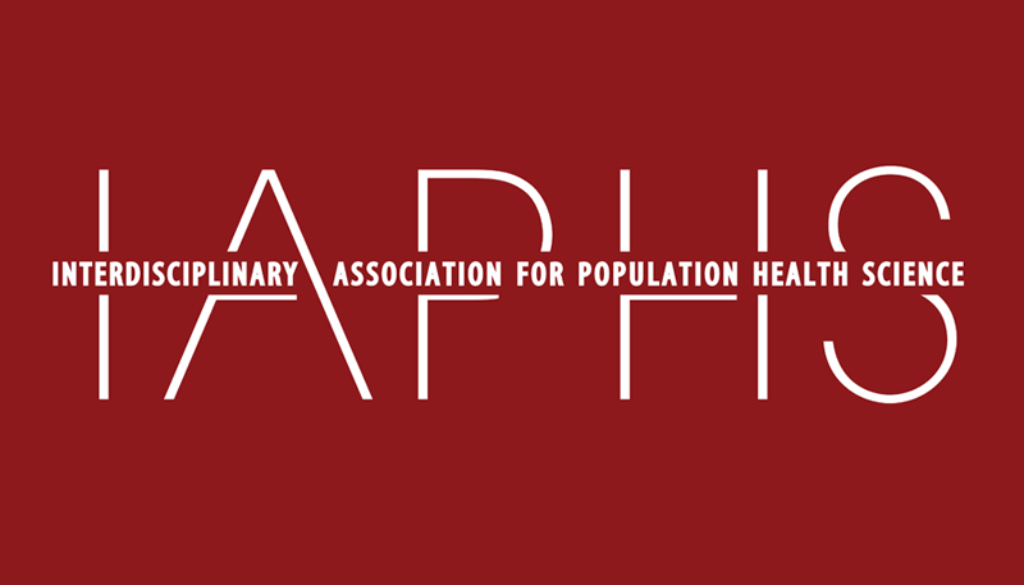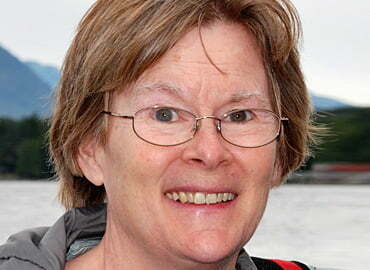The IAPHS Vision: An Updated View from the Board
Christine BachrachIAPHS was born out of a passion for advancing the interdisciplinary science of population health and making that science count in improving health and health equity. But translating that passion into accomplishment requires this still-young organization to clearly articulate its principles and goals and define how its activities and practices support these. Three years ago, members of the first elected IAPHS Board collaborated on a Vision Statement that was posted to this blog. This year, the Board revisited that statement, expanding and strengthening it to reflect evolving hopes and priorities for the organization. Please read the Board’s new statement here. (You can still see the 2017 statement at this link.)
The new Vision Statement does not alter the principal objectives of IAPHS: (1) advancing the science of population health; (2) promoting the communication and application of population health science; and (3) supporting population health scientists in their careers. It reiterates the IAPHS commitment to a scientific approach to issues in population health, advancing a concept of “science” that is inclusive of knowledge generation that occurs outside the lab and outside academia. It re-emphasizes the IAPHS commitment to respectful and open debate about science and population health practice, and an aspiration to provide a safe space for risk-taking in the development of new theory, methods, data, and scientific thinking. It retains its “big tent” concept of the organization, stressing the need to bridge with medically focused concepts of population health as well as across sectors and scientific fields.
What has changed is a deeper dive into some of the key values that IAPHS holds dear, in a new section titled “The IAPHS Philosophy”:
· A commitment to health equity.
· The importance of structural factors in understanding and achieving health equity.
· The value placed on diversity in the IAPHS community.
· The need for team or interdisciplinary strategies to advance population health.
The statement also unpacks the IAPHS commitment to impactful science in more depth. In addition to recognizing the importance of science communication, which the earlier statement addressed clearly, the updated vision includes a variety of other strategies that IAPHS should adopt in order to bridge gaps between science and its application in practice. For example:
· “Engage nonscientists, in government and the private sector, who are working to improve health on the ground in local, state, and national and international contexts, recognizing that these decision-makers have direct influence on the social determinants of health.”
· “Legitimize and support many kinds of research – applied, translational, implementation, research conducted in partnership with policy and practice communities – that are traditionally undervalued in academia.”
· “Train scientists at all career levels to more effectively communicate the practical implications of their work, forge partnerships with policymakers, make their research agendas more responsive to needs on the ground, and conduct translational research in the field to test the effectiveness of policies shaped by interdisciplinary research.”
The Board urges you to read the new statement and share your thoughts by sending an email titled “Vision” to sbevan@iaphs.org.





All comments will be reviewed and posted if substantive and of general interest to IAPHS readers.